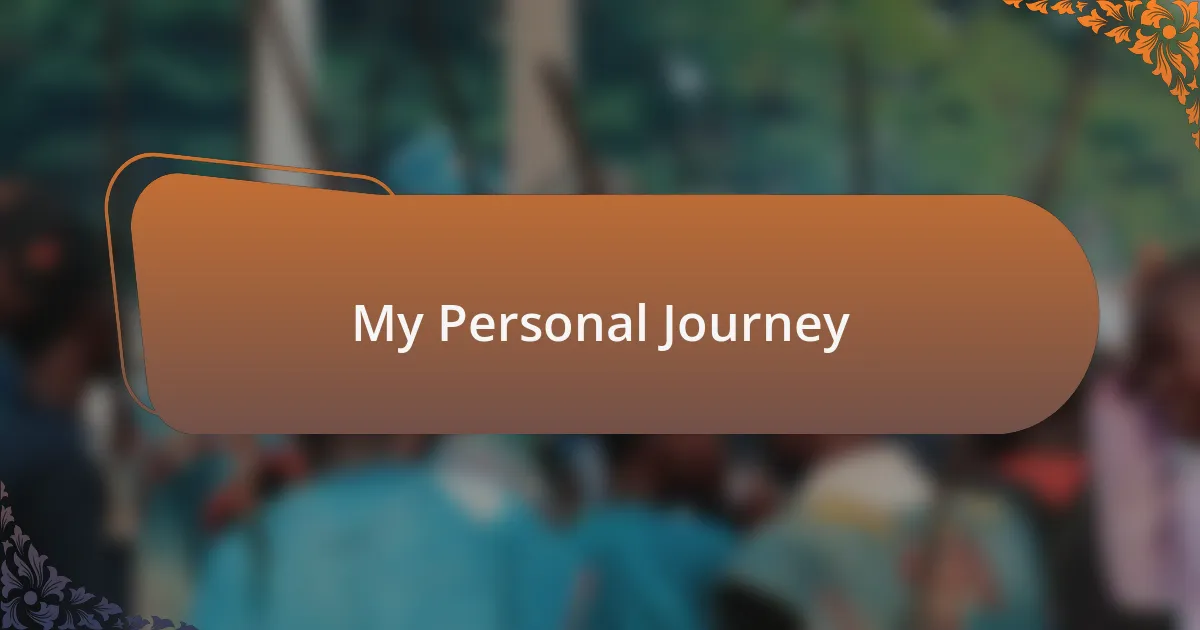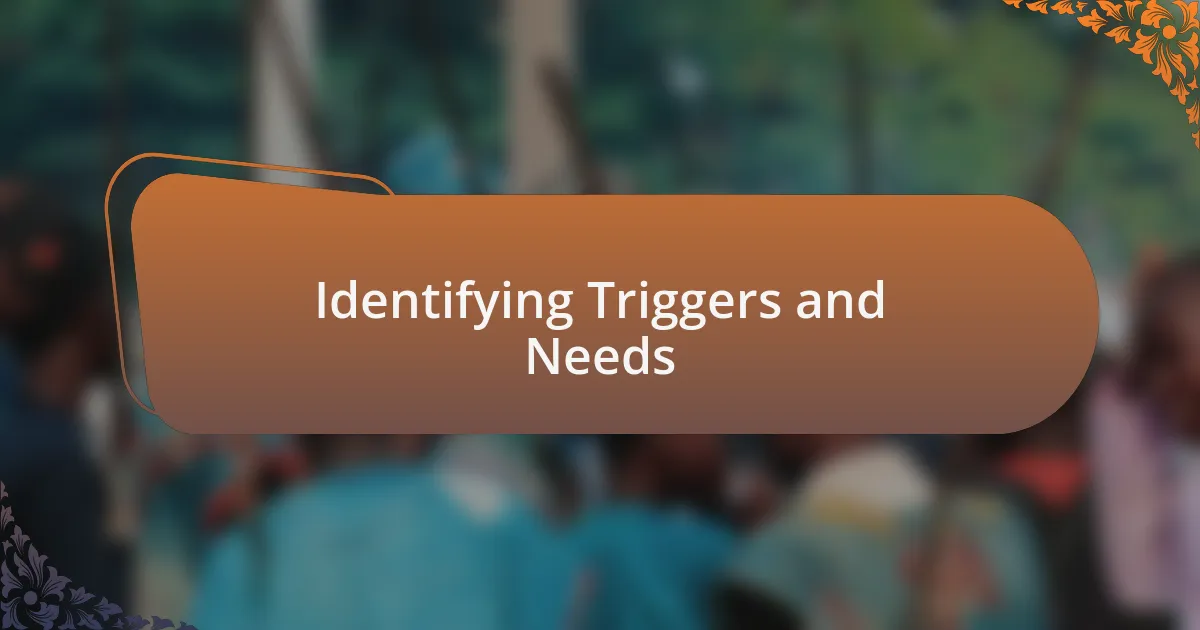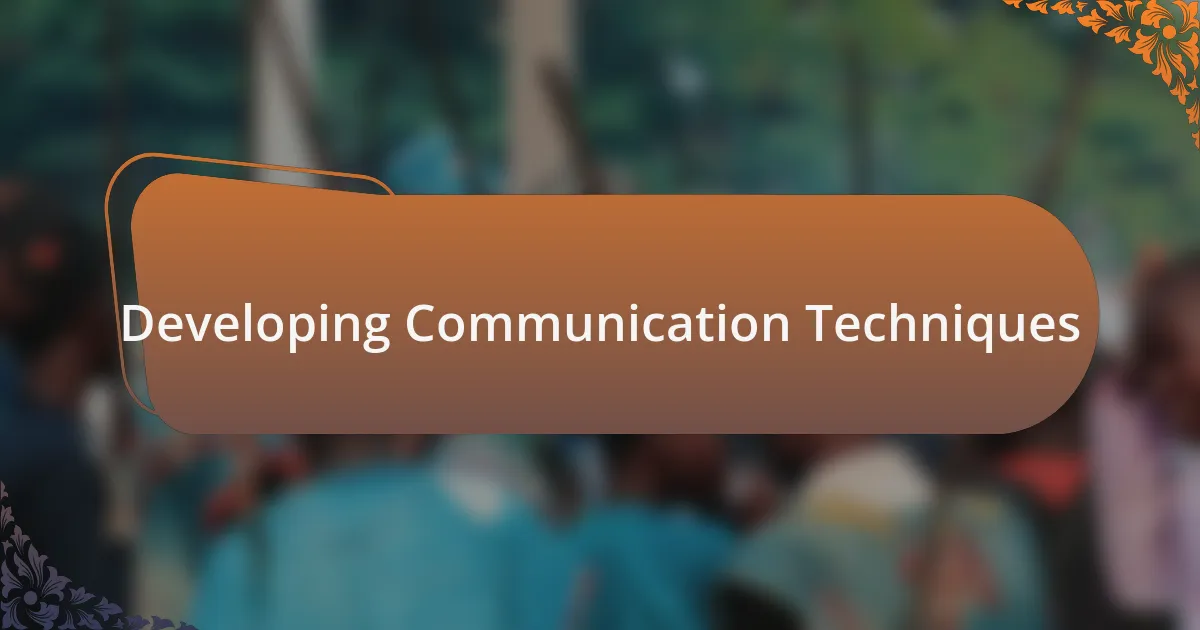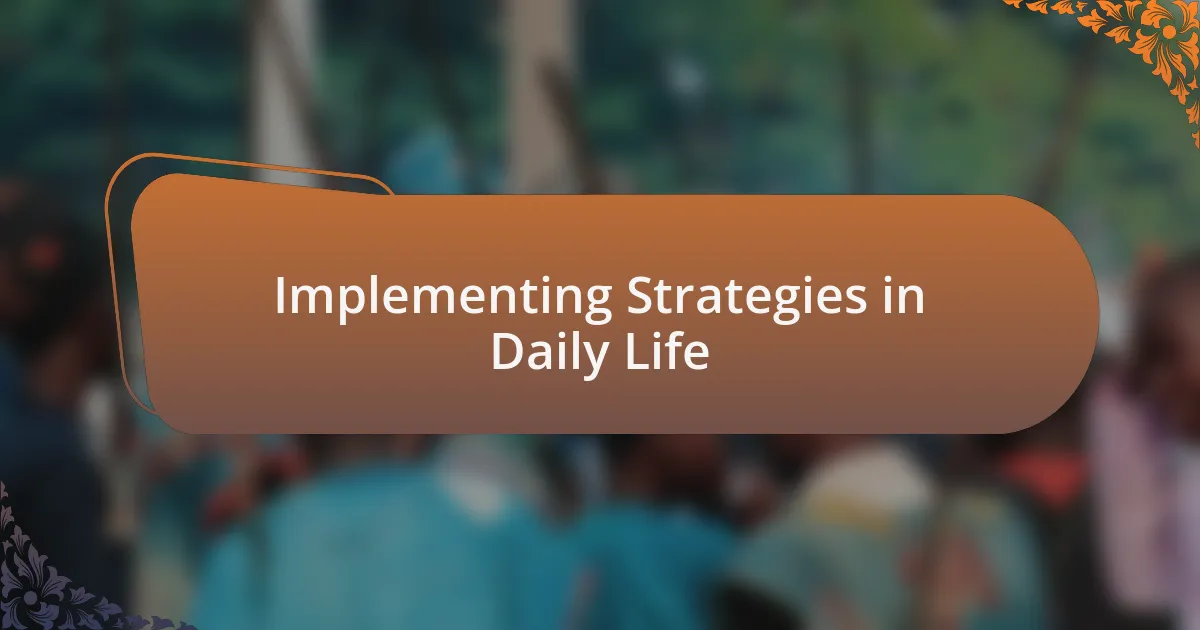Key takeaways:
- Selective mutism is a protective response to anxiety, affecting communication in specific social situations while individuals can speak freely in comfortable settings.
- Self-advocacy is crucial for individuals with selective mutism, enabling them to articulate their needs and foster understanding and support from others.
- Identifying triggers and needs, along with developing communication techniques like writing or deep breathing, can significantly alleviate anxiety and improve social interactions.
- Building a support network through open conversations and online communities provides essential comfort and understanding for those experiencing selective mutism.

Understanding Selective Mutism
Selective mutism is often misunderstood as mere shyness, but it goes much deeper. I remember the first time I experienced it; I was surrounded by classmates, yet my voice felt locked away. This condition typically surfaces in early childhood and is characterized by a child’s inability to speak in certain social situations, even though they can talk freely in more comfortable settings.
It’s fascinating how selective mutism can be a protective response to anxiety. I once saw a child at a family gathering, silently observing while everyone chatted around him. It made me ponder: What thoughts race through the minds of those who don’t speak? They possess rich inner worlds but face immense pressure when it comes to expressing themselves verbally in social contexts.
The distinction between quietness and mutism lies in the impact on daily life. I’ve met individuals who desperately wanted to voice their thoughts but just couldn’t. Understanding this struggle is crucial for fostering empathy and support for those experiencing selective mutism, as their silence often masks deep emotional turmoil and the desire for connection.

Importance of Self-Advocacy
Self-advocacy is a vital skill for anyone navigating the challenges of selective mutism, as it empowers individuals to express their needs and feelings. I recall a moment in a school setting when a teacher was puzzled by my silence. Instead of retreating further into my shell, I mustered the courage to share my feelings about the classroom environment. This small act of speaking up transformed my situation and highlighted how self-advocacy can bridge the gap between silence and understanding.
When individuals advocate for themselves, they not only foster a sense of agency but also help others comprehend their unique experiences. I remember attending a support group, where sharing my story revealed the common threads of our struggles. Each voice added to a tapestry of understanding, underscoring how powerful it can be to articulate our needs. Can you imagine the relief that comes from finally being heard?
Moreover, self-advocacy encourages a supportive environment that can alleviate feelings of isolation. I think back to a time when I confided in a friend about my difficulties. It was liberating to express what I was going through, and it opened up a dialogue that built our friendship stronger. When we advocate for ourselves, we not only nurture our own emotional well-being but also invite others to support us in meaningful ways.

My Personal Journey
Over the years, my own journey with selective mutism has been punctuated by moments of both struggle and revelation. I vividly remember a particular family gathering where the pressure to speak felt almost suffocating. Instead of trying to force out words, I decided to express my anxiety through a simple note. That small decision not only eased my own tension but also opened a conversation with my family about how they could better support me.
There was a time when I dreaded group settings, fearing that silence would isolate me further. Yet, during a workshop dedicated to self-advocacy, I found myself sharing an experience that was deeply personal. What struck me was the wave of understanding from others who nodded in agreement, their expressions mirroring my own fears. Could it be that many of us share the same silent struggles? This realization not only validated my feelings but sparked a renewed commitment to advocate for myself in every space I occupy.
Sometimes, it’s the little victories that remind us of our progress. Recently, I found myself in a café where I wanted to join a conversation at a nearby table. Instead of sitting quietly, I took a deep breath and introduced myself. To my surprise, the warm reception cemented my belief in the power of self-advocacy. Reflecting on this moment, I felt a surge of empowerment; it became clear that taking those steps, no matter how small they seem, can lead to profound connections and understanding.

Identifying Triggers and Needs
Identifying triggers in my experience has been crucial; they often include specific environments or situations where the pressure to communicate feels overwhelming. I recall one instance in class, where the teacher called on me unexpectedly. My heart raced, and suddenly, I was paralyzed. How could I express my thoughts when all I felt was fear? Recognizing settings like these allowed me to prepare better and develop strategies that work for me.
Understanding my needs became a transformative part of my journey. I learned that seeking quiet spaces before social events helped me gather my thoughts and confidence. One evening, before attending a friend’s gathering, I gave myself permission to arrive late so I could mentally prepare. This tiny adjustment not only eased my anxiety but also allowed me to engage at my own pace. Have you ever considered how adapting your needs might alter your experience in social situations?
Through trial and error, I discovered that communicating my preferences was vital. I remember telling a close friend that I’d prefer to text rather than speak on the phone. That simple request changed how our conversations flowed, making it feel more organic and less daunting. Have you ever thought about how voicing your needs could empower you? Each small step towards self-advocacy can lead to a profound shift in how we connect with others.

Developing Communication Techniques
When it comes to developing communication techniques, I’ve found that incorporating small, manageable strategies can make a world of difference. For instance, I started carrying a notebook where I jot down thoughts or phrases I want to express. It might seem simple, but having those written cues allowed me to share ideas without the anxiety of stumbling over my words. Have you ever tried writing down your thoughts before sharing them?
Listening played a significant role in enhancing my communication as well. I remember attending a workshop focused on active listening, and it opened my eyes to how truly hearing others can build my confidence. By concentrating on what someone else said, I felt less pressure to formulate my response immediately, which lightened the emotional load. Doesn’t it feel liberating to engage without the constant fear of having to speak first?
Breathing techniques also transformed my approach to communication. Whenever I sensed my anxiety creeping in during more challenging conversations, I focused on taking deep, calming breaths. This simple action created a moment of pause, allowing me to gather my thoughts before responding. What if incorporating such techniques could help you navigate similar situations with greater ease? Each tool, no matter how minor, can be a stepping stone towards more effective communication.

Building a Support Network
Building a support network is something that I’ve come to value deeply through my journey. I remember the first time I reached out to a local support group for individuals facing selective mutism. The moment I stepped into that room, filled with warmth and understanding, it hit me how essential it is to connect with others who truly get what you’re going through. Have you ever felt the comfort of knowing you’re not alone in your struggle?
Engaging with friends and family is equally crucial. I made a point to have open conversations with those closest to me about my experiences and needs. I found that simply letting them in on my journey allowed them to offer me better support. It’s fascinating how a heartfelt conversation can transform relationships, isn’t it? When the people around me learned how to help, it created a stronger bond and made me feel more understood.
Furthermore, social media has been a surprising ally in my advocacy efforts. Joining online forums and groups, I discovered a wealth of resources and support from people all over the globe. I remember one particular discussion that gave me the courage to try a new strategy I hadn’t considered before. Isn’t it remarkable how just a click can connect you to the wisdom of others who share your experiences?

Implementing Strategies in Daily Life
Implementing self-advocacy strategies in daily life can initially feel daunting, but small, consistent steps make a significant difference. I remember starting with simple, low-pressure scenarios, like ordering my coffee. Each time I practiced speaking up, I felt a rush of empowerment, as if I was gradually reclaiming my voice. Have you experienced that surge of confidence when you advocate for yourself, no matter how small the action?
Integrating these strategies into my routines became essential. I began setting daily goals, such as asking a question during class or initiating a brief conversation with a colleague. Each small victory reinforced my belief in my ability to speak up, slowly transforming anxiety into readiness. It’s interesting how these moments can shift your mindset—don’t you think? You find courage in repetition, and before long, advocating for myself became part of my identity.
I also learned the importance of reflection after each interaction. Taking a moment to celebrate my successes, no matter how minor, helped me process the experience. I would jot down my feelings and thoughts in a journal, recognizing how much I was progressing. Isn’t it powerful to see how far you’ve come through your own written words? Each entry served as a reminder of my resilience and growth in the journey of self-advocacy.